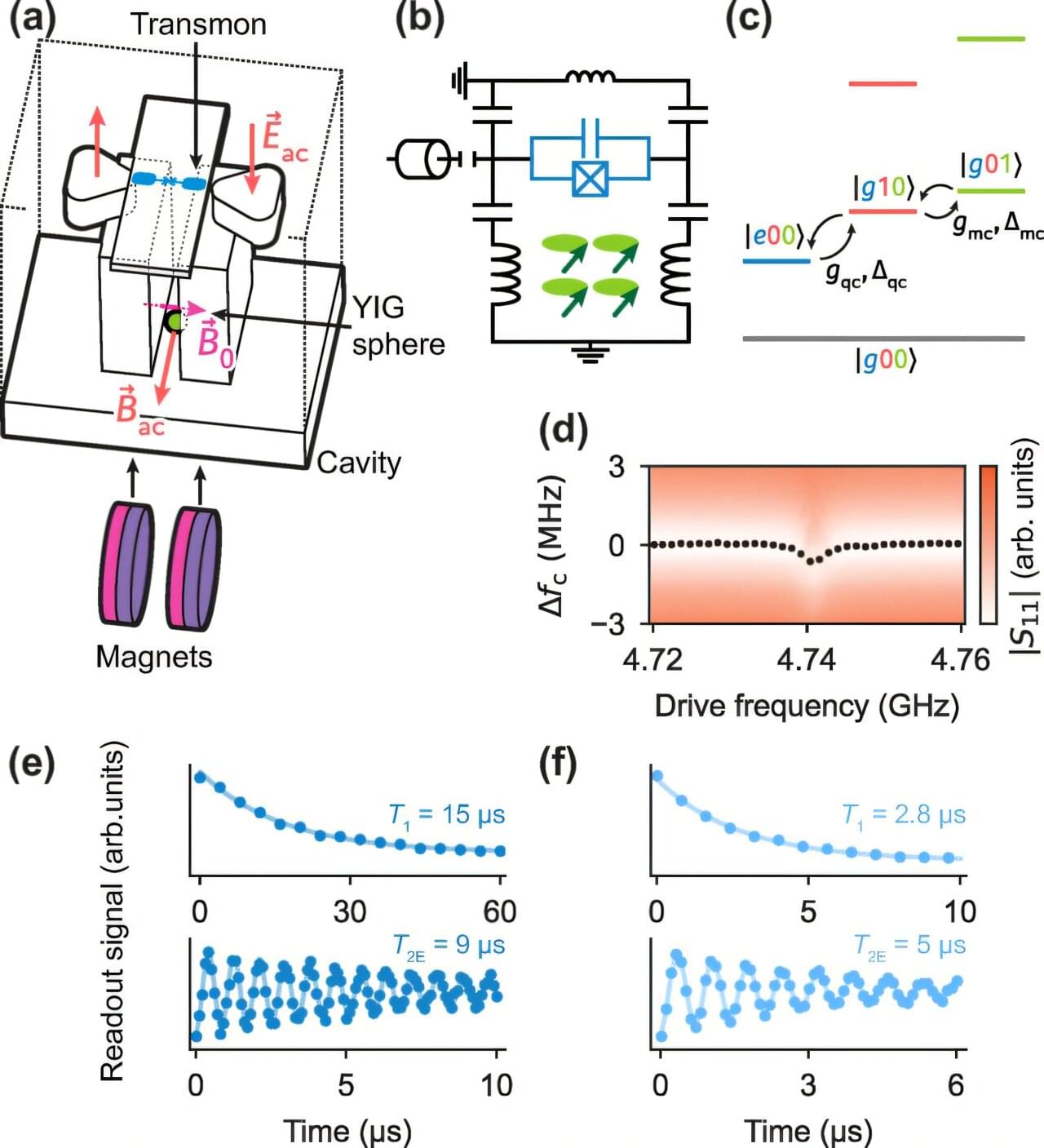Scientists at the University of Southampton have developed a new way of analyzing fossils, allowing them to see how creatures from millions of years ago were shaped by their environment on a day-to-day basis for the first time.
The research, published in Proceedings of the National Academy of Sciences, could improve our understanding of how character traits driven by environmental changes shaped evolutionary history and life on Earth.
It could help scientists to understand how much of a species’ evolutionary journey is down to “nature vs. nurture.”









